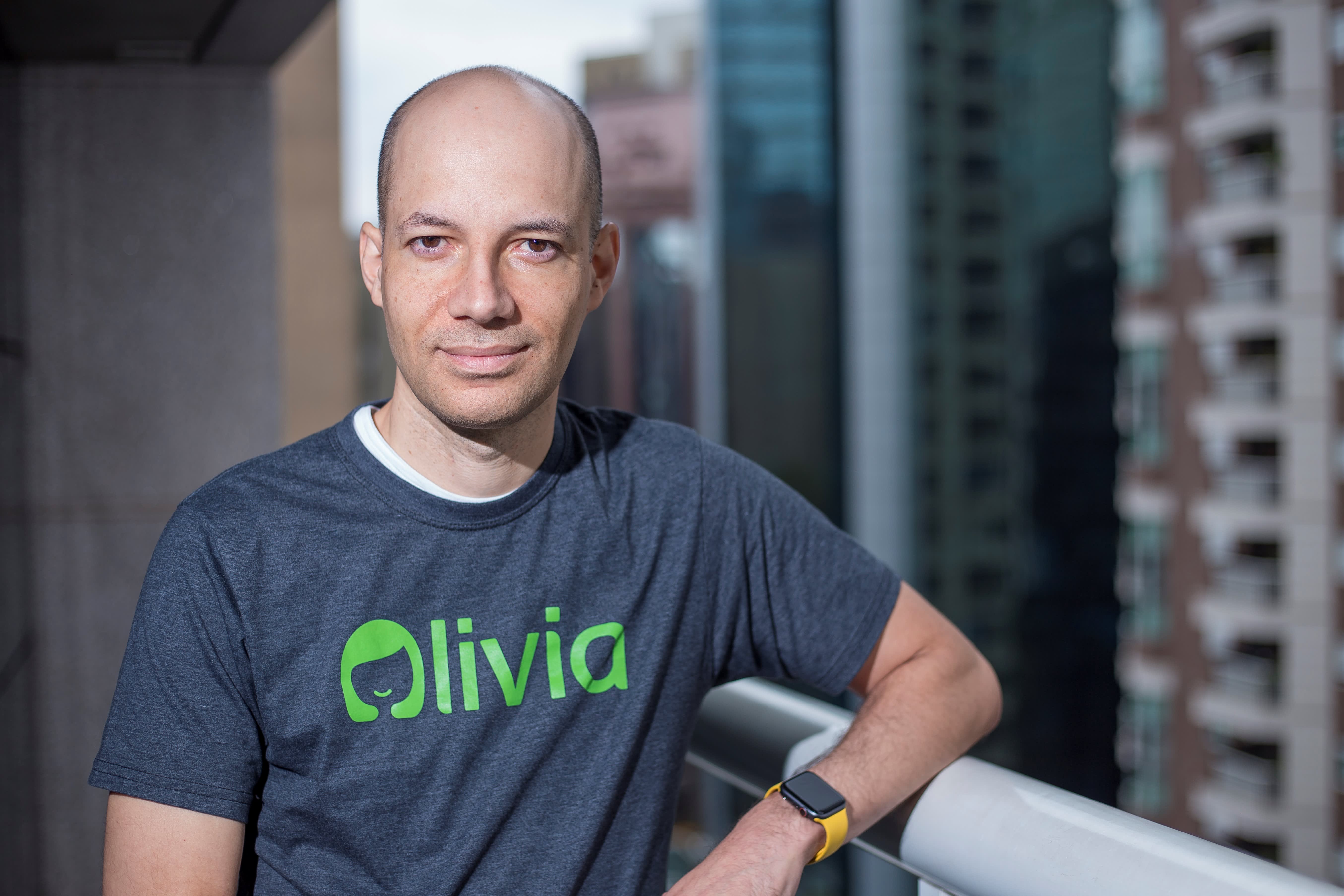Cristiano Oliveira, co-founder and CEO of Olivia AI.
When I got my first iPhone about 10 years ago, I didn’t think much of it.
It was just like my old-school flip phone, but more brick-like and better at stretching out the pockets in my jeans.
This was, of course, extremely shortsighted. More than 80% of Americans own smartphones, which are basically portable computers.
With the rise of mobile technology, as well as the availability of more consumer data and better artificial intelligence, they’ve also become mini financial coaches in the pockets of millions of Americans.
Mobile apps are getting more sophisticated, to the point where robots can predict your saving and spending habits and help avert poor choices.
They know how you’ll spend money before you do.
Within the decade, tech may even be able to make most financial choices for consumers — which, while helpful for many people, may lead Americans to get too hands-off with their money, experts said.
“With digital technology, the possibilities expand,” Mauro Guillen, a professor of international management at the University of Pennsylvania’s Wharton School, said about personal finance. “I think we’re just seeing the beginning.”
Americans struggle financially
The tech evolution comes as a large portion of U.S. adults are struggling financially.
Nearly 20% of households spent more than their income within the past year and almost half of Americans lack savings to cover emergency expenses such as medical bills or car repairs, according to the FINRA Investor Education Foundation.
Debt levels among Americans of all ages — especially the elderly — have ballooned. The typical working American has only saved $50,000 for retirement, according to the Transamerica Center for Retirement Studies.
“Being in the middle class isn’t easy these days,” said Cristiano Oliveira, co-founder and CEO of Olivia AI, a new personal-finance mobile app.
Most digital technology that’s cropped up over the last decade has revolved around creating and monitoring budgets, tracking spending and setting up savings plans, said David Albertazzi, research director in the retail banking and payments group at consulting firm Aite Group. (Think apps like Acorns, Stash and Qapital.)
More than two-thirds of Americans now use digital banking, according to Aite Group research.
Robo-advisors like Betterment and Wealthfront, which use algorithms to manage investments for everyday Americans, have also become popular.
The next generation of technology
Now, financial firms are working to build second-generation services that automate even more of everyday financial decisions, making the process easier and more hands-off, especially for those who have a hard time budgeting, said Arielle O’Shea, a banking specialist at NerdWallet.
“If you’re financially comfortable, you don’t have to count [your] dollars,” O’Shea said. “These apps are trying to bring that level of comfort to everyone.”
Bank of America, for example, has a virtual assistant called Erica for its mobile banking app that, among other things, notifies users when their spending is putting them on pace to overdraft their account.
Olivia AI, which is being rolled out broadly in the U.S. within the next month, leverages information from users’ financial accounts — like bank and credit card accounts — and geographical data to encourage better spending behavior and help them save money.
I think we’re just seeing the beginning.
Mauro Guillen
professor of international management at the Wharton School
Take grocery shopping. Americans underestimate their monthly food spending by up to 40%, according to user data compiled by Olivia AI. The app may notify users, for example, that they typically do grocery shopping on Saturdays but that Wednesdays are often the cheaper option, and could set a calendar reminder to do grocery shopping that day instead. Olivia AI may also notify users there’s a different grocery store in their neighborhood selling similar items at lower prices.
The app has helped thousands of early users — nearly three-quarters of whom are hourly workers — save 5% more of their paycheck on average each month (an extra $200-$300).
“At the end of the day, if you can’t increase your income, you can at least spend in a better way so you have more of a paycheck left,” said Oliveira.
More from Personal Finance
Here’s what can happen if you flee the stock market for cash
You can afford that item you want – but should you buy it?
Got student debt? You may be able to lower your tax bill
Eventually, technology could take over one’s wallet to such a degree that apps will move most money behind the scenes without a consumer knowing about it — say, by making decisions about how much money to shift from a savings to an investment account or automatically applying discount codes at favorite eateries, O’Shea said.
“That seems to be what consumers want — this really hands-off approach,” O’Shea said.
Risks
Automation has proven to be effective at promoting some good consumer behavior — automatic enrollment has helped push the share of eligible workers saving in 401(k) plans up by about 10 percentage points over a decade, according to the Plan Sponsor Council of America.
But more AI also poses risks — namely, an even more financially unsavvy population, experts said.
“I think we’ll get to a place where people can be a lot more passive about their money,” O’Shea said.
“But you don’t ever want to be completely hands-off when it comes to your money,” she said. “You won’t know the blind spots.”
Disclosure: NBCUniversal and Comcast Ventures are investors in Acorns.
